CASE report
By Kris Parchuri, DO
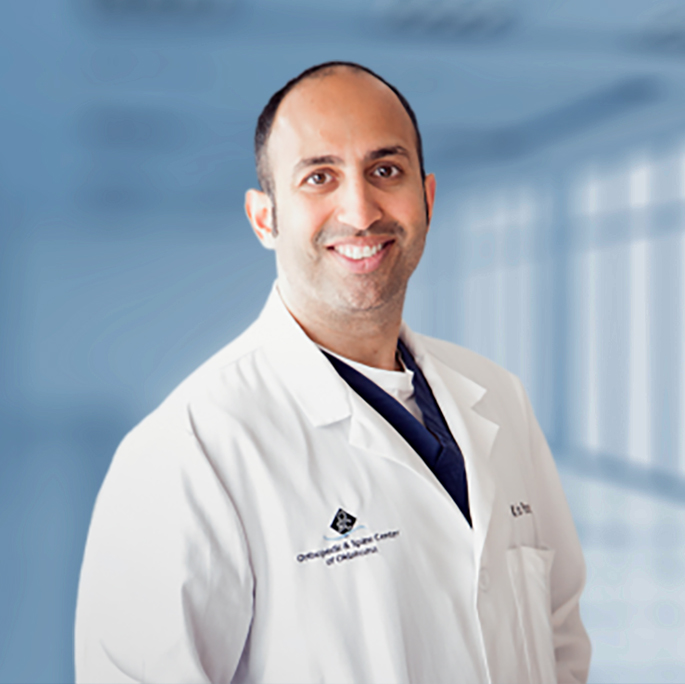
Kris Parchuri, DO
Education:
Areas of Interest:
Dr. Parchuri is passionate about motion preservation and helping to reduce or eliminate his patients’ pain using the latest treatments, including disc replacement surgery. He has more than 15 years of experience in this advanced procedure. Dr. Parchuri considers every patient a candidate for disc replacement surgery prior to considering other surgical options.
SM is an active 40-year-old male seen initially complaining of severe neck and left arm pain. He described the pain as episodic, increasing with activity. He is an ex-collegiate wrestler that works as a fireman now. The pain was so severe at times, he was becoming concerned about performing his job. He also had to quit martial arts training because of his symptoms. He denied any injury he could recall.
Prior to seeing me, he did undergo 2-3 months of chiropractic treatment, rest, NSAIDs, and one CESI. The CESI was the most helpful, but only lasted several days. He presented with a cervical MRI which did reveal a central and left sided HNP. We repeated the CESI, anticipating that surgery was to be considered if no significant relief was obtained.
When discussing surgical options with the patient, we considered a foraminotomy, ACDF, or ADR. I felt the location of the HNP would not allow for adequate decompression via a posterior approach, therefore, our discussion was focused on ACDF vs ADR. SM expressed a strong desire to return to work without limitations as quickly as possible. Range of motion and limiting adjacent segment disease/repeat surgery were also primary concerns of his.
After careful consideration, I recommended ADR to address his pathology and optimize return to work/lifestyle. Normally, I would recommend prodisc C Vivo due to increased activity demands. However, with SM’s jujitsu training and physical demands of being a firefighter, I felt further stability in the form a keel would be appropriate due to increased torsional stress. I recommended the prodisc C SK option and the surgery was completed successfully. His neck and left arm pain had been resolved by the initial 2-week post-operative visit. Following the 6-week post-operative visit he was allowed to work with lifting restrictions of 10-20 pounds. He was discharged without restrictions at the 12-week post-operative visit.
prodisc C Vivo was probably a satisfactory option for this patient. However, I felt the keels provided slightly more stability with the specific neck maneuvers SM was asking to get back to regarding his jujitsu training.
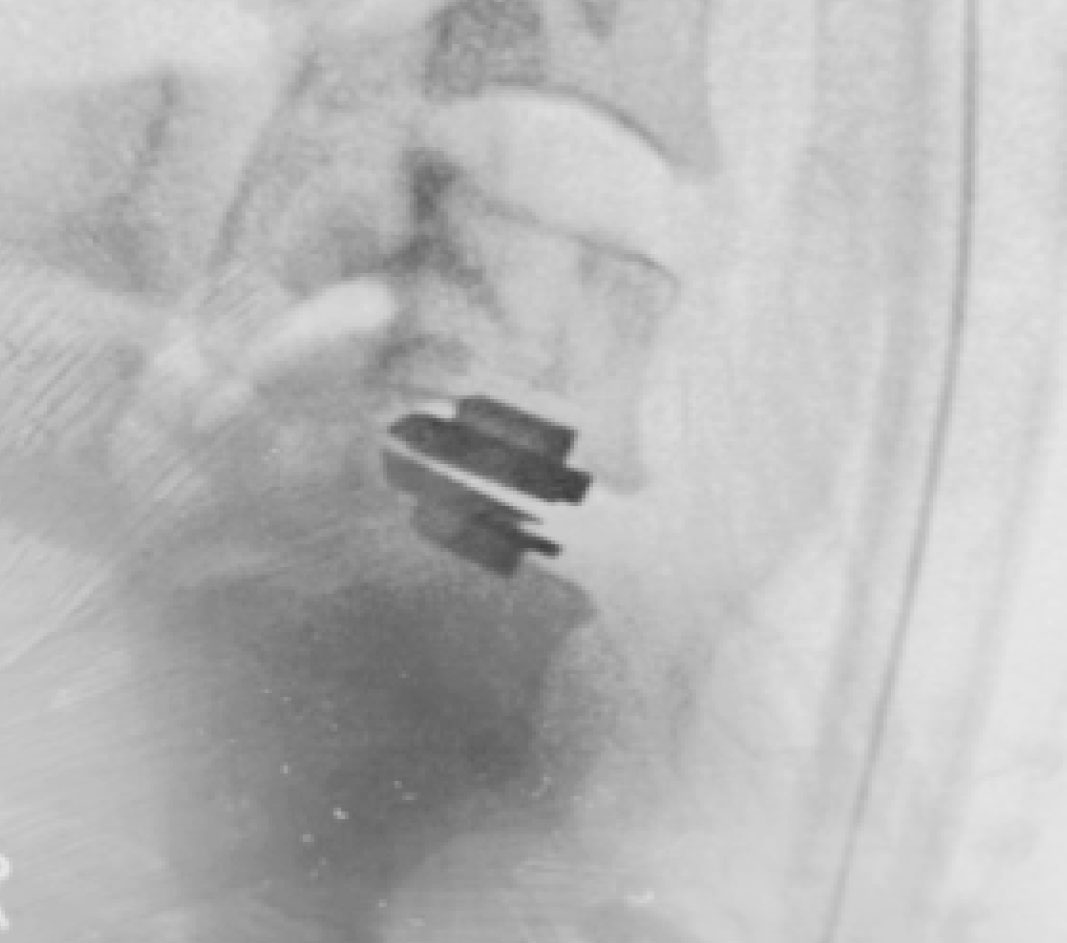
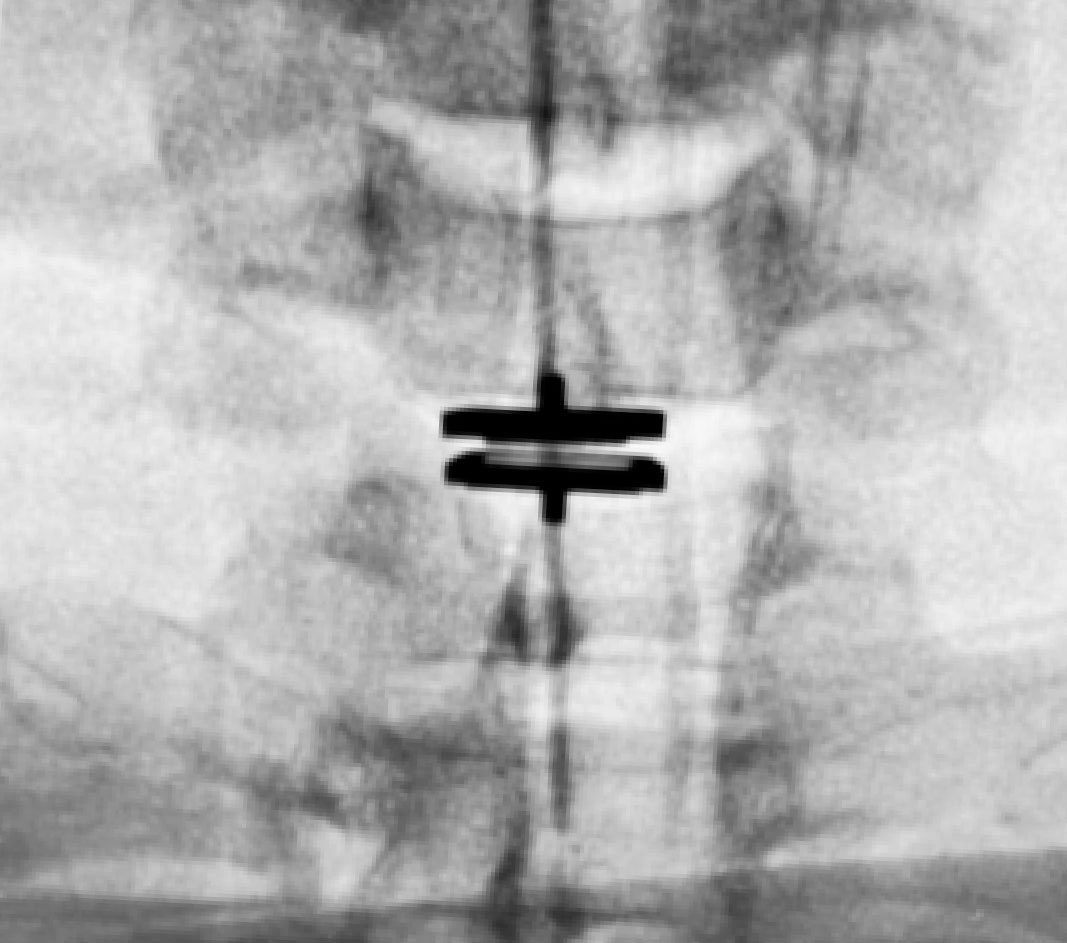
EDUCATIONAL development
Centinel Spine offers a variety of educational programs tailored to meet the diverse training needs of physicians. Hands-on Bioskills Courses, Peer-to-Peer Webinars, and OR Surgical Observations have been designed to review patient selection, surgical technique and tips, post-operative care, and other related topics. These programs can be customized to individual physician needs, providing varied levels of support to surgeons.
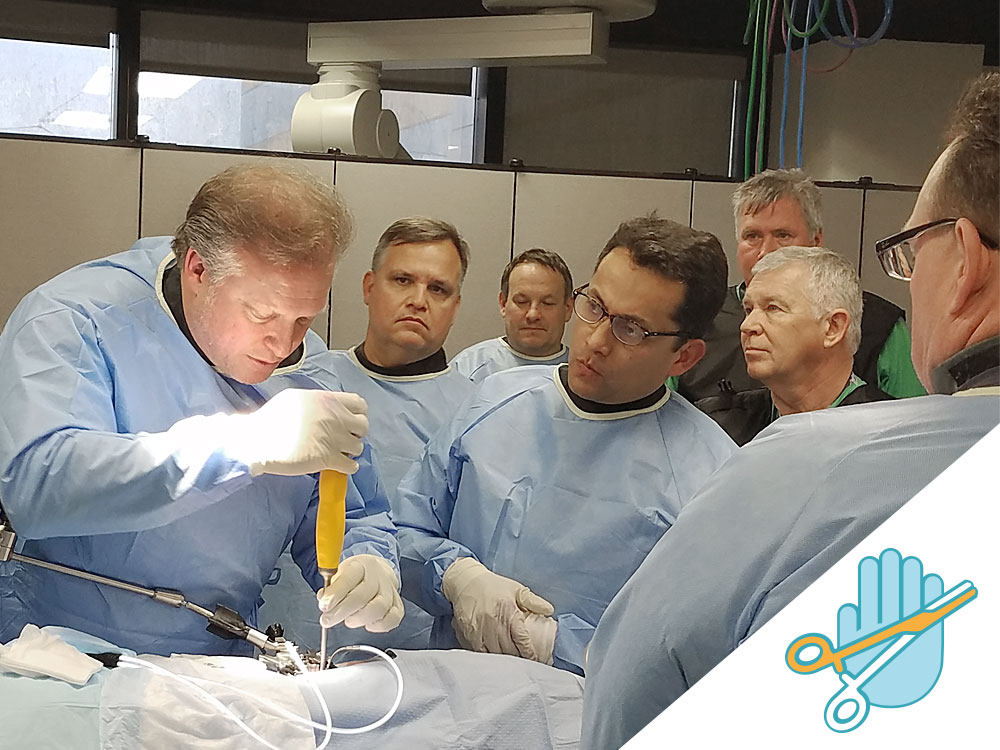
About our
Hands-on Bioskills Courses
These courses provide surgeons with an educational experience focused on patient selection, surgical technique, strategies, and solutions for addressing specific spinal pathologies. The course format includes lectures, case discussions with expert faculty, and a bioskills lab.
The curriculum covers biomechanical considerations, indications and patient selection, surgical technique, tips and tricks, post-operative care, and best practices.
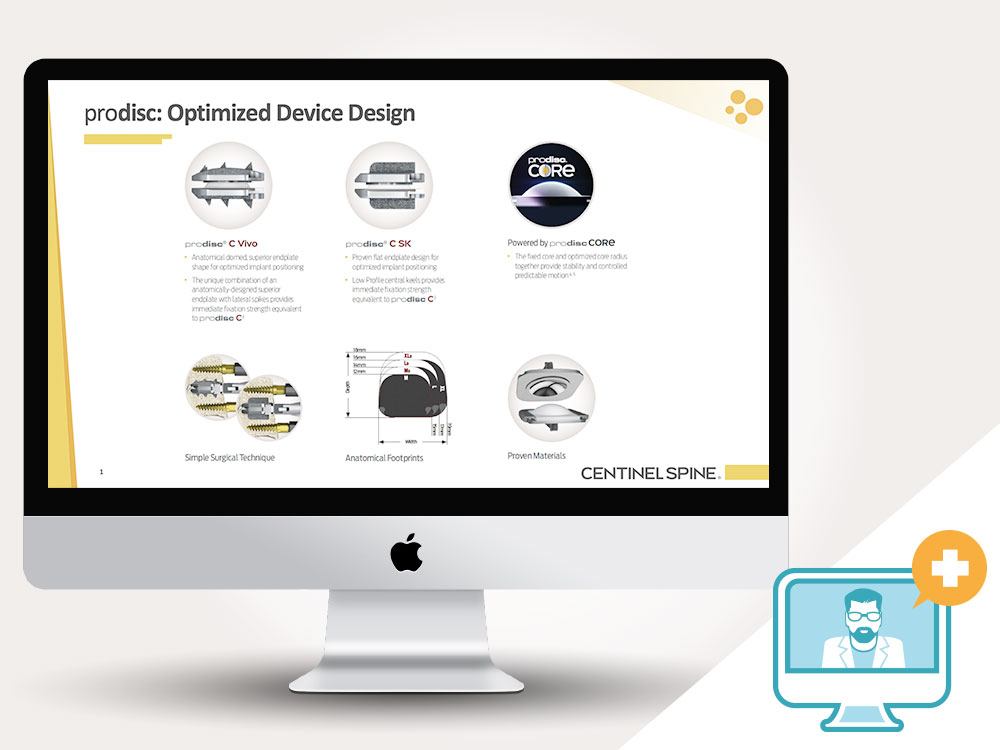
About our
Peer-to-Peer Webinars
Centinel Spine’s live streaming webinars provide a convenient way for physicians to learn from experts in motion preservation discussing specific treatments, techniques, and strategies for patient care.
Our interactive webinars allow participants to pose questions, receive answers, and exchange ideas in real-time with their surgeon peers from the comfort of their homes or offices.
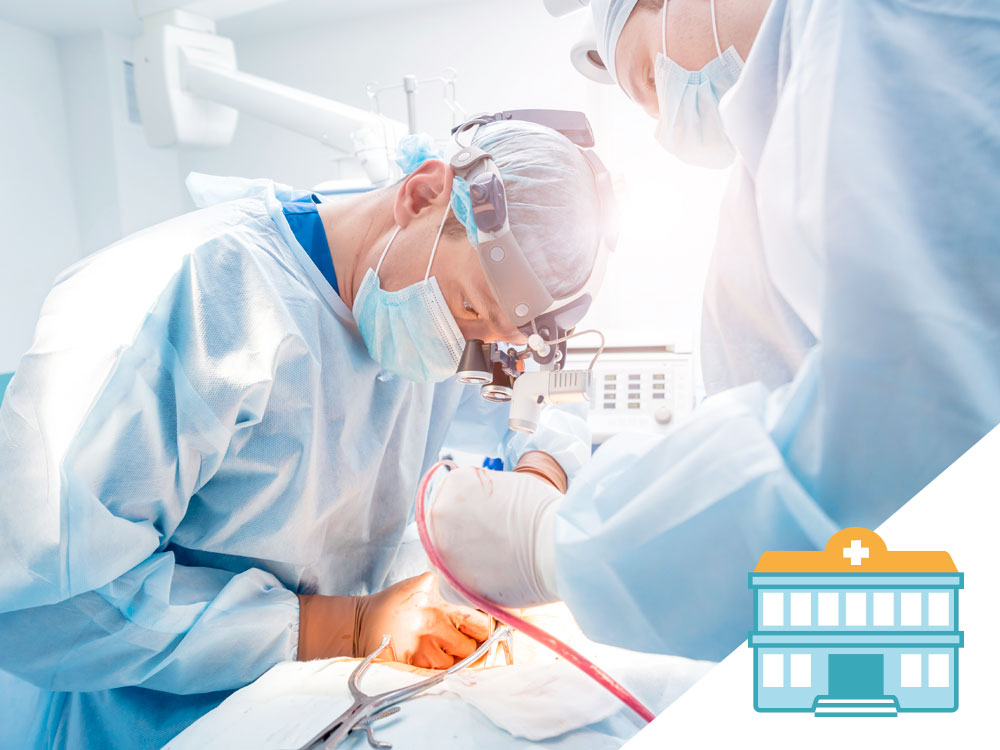
About our
Surgical Observations
Surgical Observations are a surgical technique training and continuing education program that exposes surgeons to the technical procedures and skills required for anterior column surgery, through a combination of case discussions and viewing live surgery.
Surgeon OR Visitations are offered at Centinel Spine experienced faculty locations, where key thought leaders in spine educate with a focus on the anterior spinal column.
Watch this short primer on Centinel Spine and its unique and extraordinary place as a catalyst of change in the spine industry—with pioneering technologies and a clinical history that have led to successes ranging from PGA champions to a growing list of surgeon-patients.
Watch the Video